Photojournalist Emily Garthwaite teams up with Belstaff
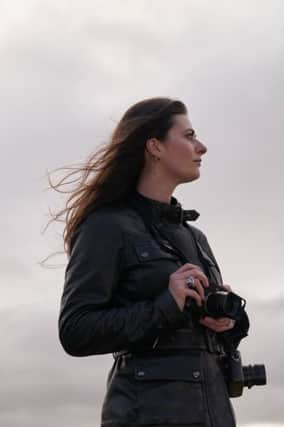

Emily Garthwaite is a 26-year-old photojournalist focusing on environmental and humanitarian issues. Based in London, most of her work takes her to the Middle East. At home for a maximum of a fortnight every two months, she spends the rest of the time travelling and working and lives out of her suitcase. “This has taught me a lot,” she says. “Mostly that we don’t need very much to get by.”
Recently included in Forbes 30 Under 30 for Media and Marketing, Garthwaite is widely published in the media and has worked in India, South East Asia, Eastern Europe, the Middle East, and Africa. She has also had exhibitions in the US, UK, Italy, Iran, Greece, France, Canada as well as a recent exhibition at the World Economic Forum in Davos, Switzerland and in 2015 and 2018 was a finalist for Wildlife Photographer of the Year for her images of a chained Asian elephant in India and a caged Sumatran sun bear in Indonesia.
Advertisement
Hide AdAdvertisement
Hide AdShe was the subject of a feature-length documentary, The 40th Day, photographing Arbaeen, the world’s largest annual pilgrimage in Iraq in 2017, and continued the series with Road To Arbaeen, joining the pilgrimage of over 100km through Southern Iraq, with plans to return this year. Currently working in Dearborn, Michigan, documenting the largest Muslim population in America, she says: “I’m very proud to be able to tell this story.”
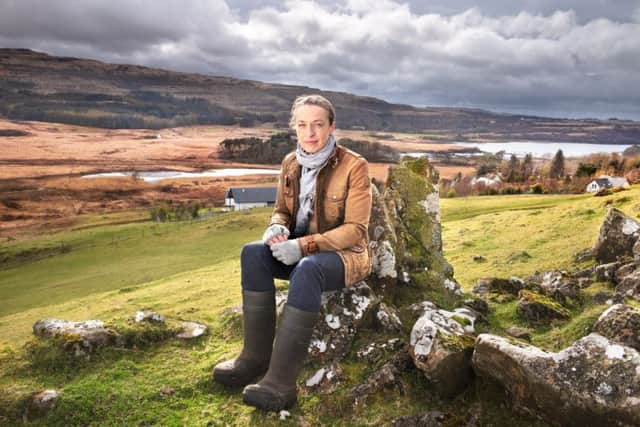

Now she has teamed up with luxury clothing brand Belstaff for the Belstaff x Leica Camera presents “Everyday Heroes” by Emily Garthwaite. Belstaff will be opening another store in addition to Princes Square, Glasgow, in Ingram Street in July. Leica Camera will also host an exhibition and Q&A with Emily Garthwaite in their Duke Street Gallery flagship store in London on 27 June.
Celebrating the “Everyday Heroes” in the Scottish Highlands and western islands, the project saw Garthwaite capture portraits of men and women whose skills and hard work allow local industries to thrive, while championing initiatives that focus on sustainability, wearing Belstaff clothing.
The Heroes are Guy Grieve, a sustainable shellfish diver and former Scotsman journalist who lives on Mull, former fisherman turned Oban seafood shack owner John Ogden, dairy farmer Bryce Cunningham, who works with the Scottish government on sustainable and ethical farming issues, Fiona Boa, who farms 2,000 acres on Mull single-handed, and Ulva café owner Rebecca Munroe, who works with her husband renovating and restoring empty houses to encourage repopulation.
Belstaff x Leica Camera “Everyday Heroes” by Emily Garthwaite.
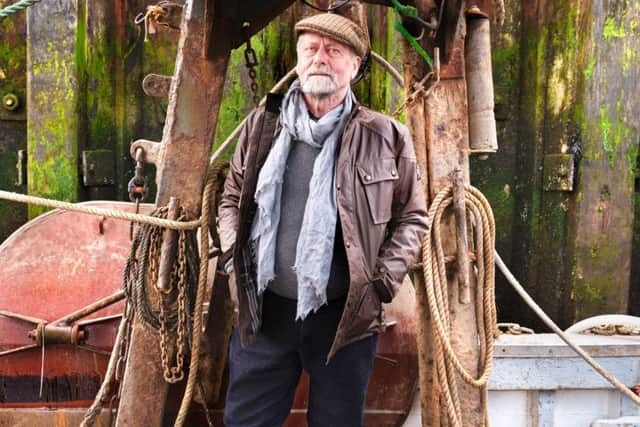

Belstaff store, Princes Square, 48 Buchanan Street, Glasgow G1 3JX and from July, also at Ingram Street, Glasgow.
www.belstaff.co.uk
What’s a typical day for you?
I currently have a split life – one in London and one on assignment. In London, I spend my time catching up with friends and family. More often than not I’ll stay with my family in the countryside to walk and have some solitude.
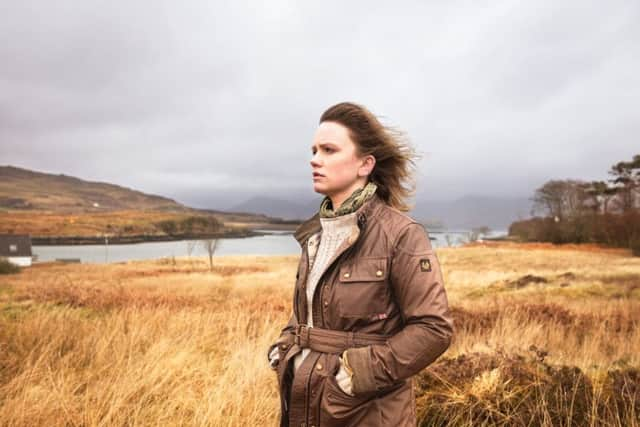

I spent most of my time project managing previous and future assignments, arranging visas, and picking up equipment. They’re mostly in different time zones, so sometimes calls are at midnight, sometimes at sunrise. I don’t have days off, but I allow plenty of breaks. You can’t always be “on”, otherwise you’ll burn out. Each day is different and that’s why I love my job. When I’m on an assignment the schedules are tight and there’s a lot of travel involved.
What is your training/background?
Advertisement
Hide AdAdvertisement
Hide AdI did an Art Foundation at Central Saint Martin’s when I was 18 and after that, I started to assist fashion photographers including Willie Christie and Pattie Boyd. I then started to travel independently and applied for an MA at Westminster in Documentary Photography and Photojournalism. I did an MA when I was 23.
Why were you attracted to work with Belstaff?
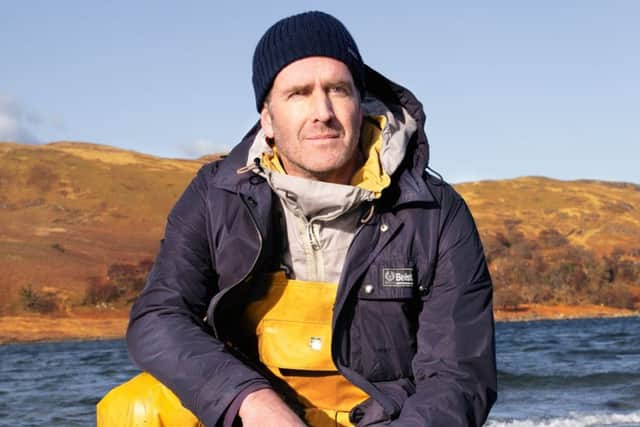

It was the perfect combination of brand and story for me. To be allowed the freedom to interview local communities, to document them in my style and be supported by a large team was magical.
What were the challenges thrown up by the shoot?
The weather, at times, was a challenge, and we managed it very well. We captured a diverse range of scenery, and the drama of a stormy sky added to a lot of the campaign. The team was like family, and working together was incredibly fluid. When you have a support system, challenges disappear.
What did you think of the results?
It’s a series that depicts how closely entwined the subjects are to their landscapes, and the clothing enhances that message. They’re powerful individuals, but also soft.
Did you choose the clothing, or did the subjects do that?
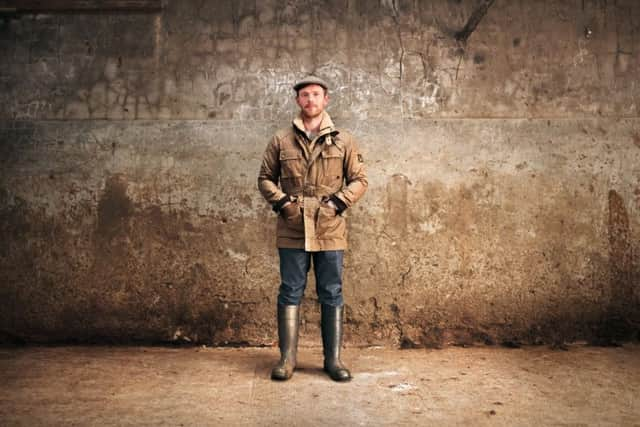

Belstaff’s team put together the looks for each subject and adapted upon meeting them. Everyone was involved in the process, and it was amazing to see the reaction each subject had to the clothing. Fiona’s response, in particular, was touching. She is incredibly hard working and doing much of it on her own. To see her walk out and feel empowered by the clothing reminded me of the importance of the campaign.
What’s the best thing about your job?
It is nothing short of a privilege to spend time with diverse communities around the world and to be welcomed into people’s lives and homes. My camera is a passport into people’s lives, and the more I shoot, the more I work, the more I value my role. I have learned so much about my capabilities by spending time with resilient and inspiring individuals. While I didn’t attend university and do a degree, I feel like I learn about the world every day. I love people and stories – and I feel deeply in love with the work I do.
This job is very different to others you have done – India, Iraq, Borneo – why did you want to do it?
In many respects, it is different as it’s working with a brand, but the ethos and approach are the same as how I work on other stories. The message is the same in all I do – to lift and support individuals doing extraordinary things.
Advertisement
Hide AdAdvertisement
Hide AdWhat inspires you to take photographs, especially on humanitarian and environmental issues?
I want people to know their neighbour, I want people to see how similar we all are and show that with acceptance, tolerance, and education, we can all live together. My Instagram platform has allowed me to share my world and the communities I meet with an international audience. I hope it will inspire others to pursue a similar path and intention – be it through writing, painting, music or research.
Are you ever scared, or out of your comfort zone, or upset by what you photograph?
Yes, sometimes I am deeply affected. I value my mental health above all else, and I’d say being emotionally stable is my proudest achievement. I try to keep in touch with a therapist when I come home so I can talk through some of my experiences. As my friends know, I rarely speak about my work abroad. I like to keep them separate. I never feel afraid, but can feel out of control. In one incident a video I posted went viral and amassed tens of millions of views online and it made me pause on social media for a month, recollect myself and my intentions. I don’t want the message of my work to be lost, and I don’t want to become a focus. Social media is an astonishing place, but it can become overwhelming.
Which photographs are your most powerful and which are you most pleased with?
My series Road To Arbaeen [see www.emilygarthwaite.com] is a body of work I’ve been focusing on for two years. I will be returning to Iraq again at the end of the year. This series has allowed me to explore Muslim communities around the world – many of whom have become family. I have so many “siblings”, “mothers” and “fathers” in different countries – I’ve been adopted many times. It has undoubtedly changed my life and who I am as a person. It goes beyond feeling passionate about a story – I feel entwined and stitched into the fabric of it. When my subjects hurt, I hurt too.
What are your goals?
I want to change the all too often negative global media narrative surrounding Islam and show the reality, to inspire others to visit the Middle East and not just focus on conflict, but everyday stories of resilience and love. We need more shades of grey.
Do you dress for practicality when you’re working, and if so, can you give us an example?
Advertisement
Hide AdAdvertisement
Hide AdYes, I have a “uniform” for each climate. In the Middle East, it’s usually jeans, a long linen shirt, cotton hijab, and Chelsea boots. Sometimes I wear an abaya or chador depending on how conservative the area is. I always bring luxuries – for example, I always put on makeup in the morning. It makes me feel good. I like to bring a stash of colourful earrings, a travel-sized candle, Earl Grey tea, essential oils, and my perfume. I only buy vegan, palm oil-free, cruelty-free, plastic-free products now. I use plasticfreedom.co.uk – they’re fantastic. Colleagues laugh at the various lotions and potions I bring out of my bag. Self-care is important to me.
Which Belstaff products do you own and why do they suit your lifestyle?
I own a black Trialmaster Triumph jacket, which has become a prized possession, and the Venmore 3.0 denim jeans which are now a work staple. I’m wearing the Venmore jeans right now. Belstaff’s tailoring is incredibly flattering.
When you are taking pictures what does the clothing of your subjects signify for you?
Clothing affects how people hold themselves and behave. I feel more powerful when I wear certain clothing – and comfort has become more and more important.
www.emilygarthwaite.com
www.belstaff.co.uk